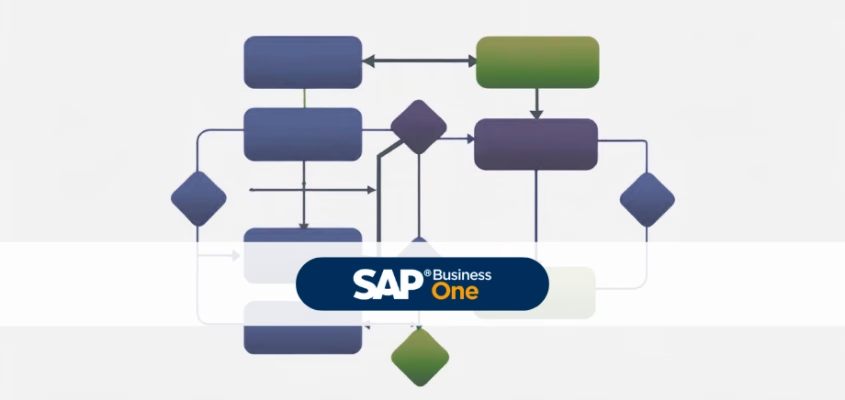Maintaining an overview of one or more projects is one of the difficult challenges in the project management. There are different perspectives from which projects and project progress can be evaluated. Project controlling therefore knows a few methods for this.

Project controlling with milestones
Analysing project milestones provides an overview of project progress. Anyone familiar with project work knows about the constant struggle with the schedule. In order to be able to control this at all, the project must be divided into sensible milestones that build on each other. Start and end dates are set for each milestone. For more complex projects, the dependencies between the milestones are also defined. Project milestones can generally be easily visualised using Gantt chart represent. But even a tabular work breakdown structure lives from the defined milestones. The milestone analysis is also one of the most important instruments of project controlling.
Do target and actual match?
Plans are directed towards the future and are ultimately overtaken by the present. This is therefore the point in time when the target state is compared with the actual state. In the target/actual comparison, the project controller is traditionally guided by previously defined Budgets. These can relate to parts and/or the entire project. All internal and external costs and revenues of the project are included. If project controlling identifies deviations between target and actual figures, countermeasures must be initiated accordingly or the plan is adjusted.
All at a glance with traffic lights
As humans, we are calibrated to certain signals. A red light immediately triggers increased attention in many people. This is why traffic light functions are also well suited to indicate deviations in the project. So-called equilibrium views with their colour coding of green (regular progress), yellow (critical progress) and red (exceeded progress) provide a good overview in project controlling.
The post-calculation of projects
Once a project is completed, the Post-calculation the reliable findings on success. The profitability determined in the process does not serve to reassure. The project post-calculation also provides important information about the weaknesses and strengths of the project organisation. This helps to avoid mistakes in subsequent projects and to build on successes.
The strength of MariProject: project analyses in detail
In MARIProject is where all project-related data comes together: Planning times, costs, yields, determined services, material used, etc. You can obtain current, reliable data in fractions without great effort. Project evaluationsbecause all the data exists uniformly in the system.
- Included as standard: More than 200 analyses: Degree of completion, remaining capacity, comparison of expected / actual project hours, employee utilisation, project turnover, etc.
- It is also possible to openly define company-specific analyses, such as a contribution margin calculation per project or a dashboard for planned/actual hour comparisons per customer.
Real-time analyses even with large amounts of data (big data)
Large amounts of data also accumulate in small and medium-sized companies. In order to be able to analyse data in a targeted manner for the product range in retail, for example, a solution such as SAP Business One on HANA of interest.
Furthermore, the daily evaluation of extensive projects, such as those in the plant construction or engineering offices, SAP Business One on HANA is a good solution. This is because this version includes specific tools for the creation of visualised dashboardsThese allow you to keep a close eye on the development of your projects. For example, the dashboards have proven themselves in the evaluation of Maintenance orders or in product development have proven to be very beneficial.
more on the subject

Video: MariProject Customer Service

MARIProject plans with dependencies

All requirements of the Support Desk fulfilled

On assembly with SAP Business One

Why service needs a different ERP



